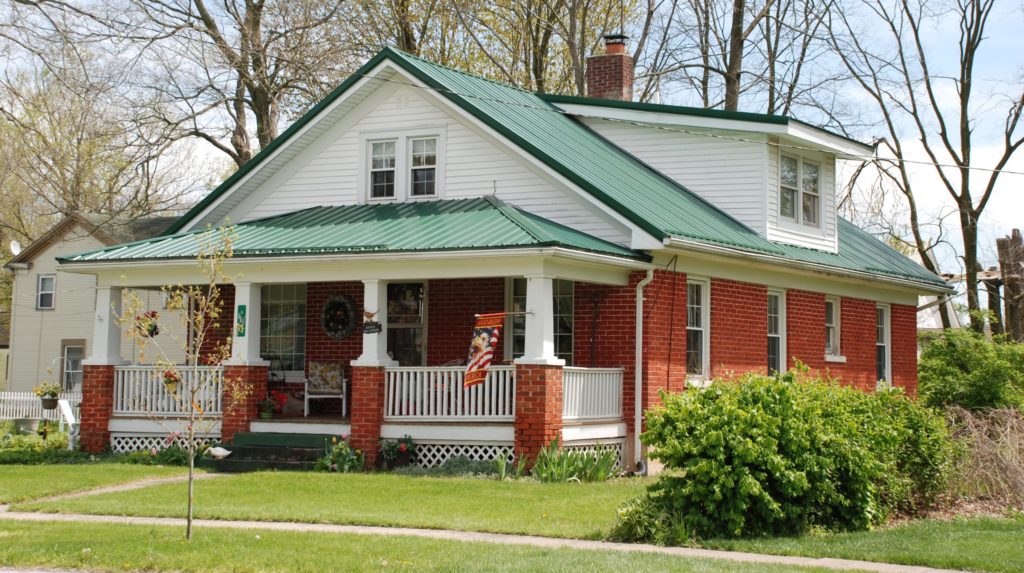State of Housing #7 • 823 Words
Editor’s Note:
This is the seventh edition of our “State of Housing” series, which breaks down the HB854 Statewide Housing Study released this January. You can find previous posts in this series here.
Although Virginia has a higher homeownership rate than the national average, disparities still exist.
The third part of the HB854 Statewide Housing Study includes eight chapters analyzing data on housing demand and needs across the Commonwealth.
In this edition, we’ll focus on the homeownership market. The study describes Virginia’s existing homeownership market and trends in homeownership by demographics. Homeownership continues to be a major path to generating wealth, but for many Virginia residents, it remains out of reach.
Prior to COVID-19, homeownership in Virginia was increasing for the first time in more than a decade.
Virginia homeownership rates after the Great Recession slowed as supply waned and prices increased, resulting in increased renting. . By 2018, however, the homeownership rate in Virginia was beginning a steady increase — reaching 69 percent at the end of 2019; four percentage points above the national homeownership rate at this time. By 2021 Q2, the homeownership rate increased to 70 percent, nearly five percentage points higher than the national rate.
The national homeownership rate hit its peak in the halcyon days of 2004, topping out at 69.2 percent. It has been a slow climb back to that rate ever since. In 2020 the U.S. 67.9 percent but has yet to get back to that 69.2. Meanwhile, Virginia busted through that rate back in 2019 and is speeding on into the 70s.
The homeownership rate increases in Virginia during 2020 and 2021 were no doubt a result of record low interest rates and the impact of COVID-19 on the homebuying market. But as we see the end of the foreclosure moratorium and increasing interest rates in 2022, homeownership rates in Virginia may start to decline again.
Why this matters:
For many households, homeownership is the main source of generational wealth and home cost stability. As we enter a housing slowdown, the challenge in supporting lower income households reach homeownership will fall upon state and nonprofit agencies.
Despite higher than national rates, there are still major disparities in homeownership by race and ethnicity in Virginia.
Across Virginia, a wide Black-white homeownership gap still exists. Even in diverse markets (Large and Small Metro Housing Markets), there is at least a 25 percentage point gap between white and Black homeownership. In Rural Housing Markets, the gap is narrower at 21 percentage points.
Sourcebook: Local and Regional Homeownership Rates
The wide disparities in the Commonwealth are the result of historically racist policies that prevented and dispossessed many Black households of homeownership. The after effects of those policies continue to disproportionately affect Black households. In 2020, Black mortgage applicants in Virginia were twice as likely to be denied a loan for home purchase than their white counterparts (12 percent versus 5.8 percent).
Sourcebook: Local and Regional Mortgage Trends
As the Hispanic population continues to grow in Virginia, especially in our rural areas, the ethnic disparities will become more and more ever present. As of 2019, the homeownership gap was even wider between white and Hispanic households in Rural Markets — 76 percent versus 52 percent, respectively; while the Black homeownership rate in Rural Markets was slightly higher at 55 percent.
For more information about the historical and contemporary roots of racial inequity in housing, as well as immediate steps you can take to right these wrongs, stay tuned for a new toolkit on racial equity in housing that we will release later in September.
Why this matters:
Persistent racial disparities in homeownership continue to impact households of color’s ability to generate wealth, as well as their economic opportunities. Addressing the homeownership gap is one pathway to confront the negative impacts of centuries of discrimination and racism.
The average home in Virginia now costs more than $300,000.
Amid the pandemic housing market, the median home price in Virginia surpassed the $300,000 mark — reaching $310,000 in March 2020. Since then, the median home price has continued to rise and as of August 2021 it was $355,000, a 15 percent increase in just over a year.
Sourcebook: Local and Regional Median Home Sales Prices
Coupled with the increase in home prices is a significant decrease in the inventory of homes for sale, measured by months of (remaining) supply. From March 2020 to August 2021, the months of supply of for-sale housing in Virginia dropped from 2.8 to 1.6. Experts generally have seen five to six months as a healthy supply of housing, but Virginia has not seen that amount since October 2016.
Why this matters:
Virginia is not building enough housing to meet the demands of a growing population. As prices continue to increase as a result of growing demand and low supply, homeownership will continue to be out of reach for the majority of low- and even moderate-income Virginians.
Coming up next time:
In the next edition of this series, we’ll dive into the fifth part of HB854’s research and findings section: rental market trends across Virginia.
